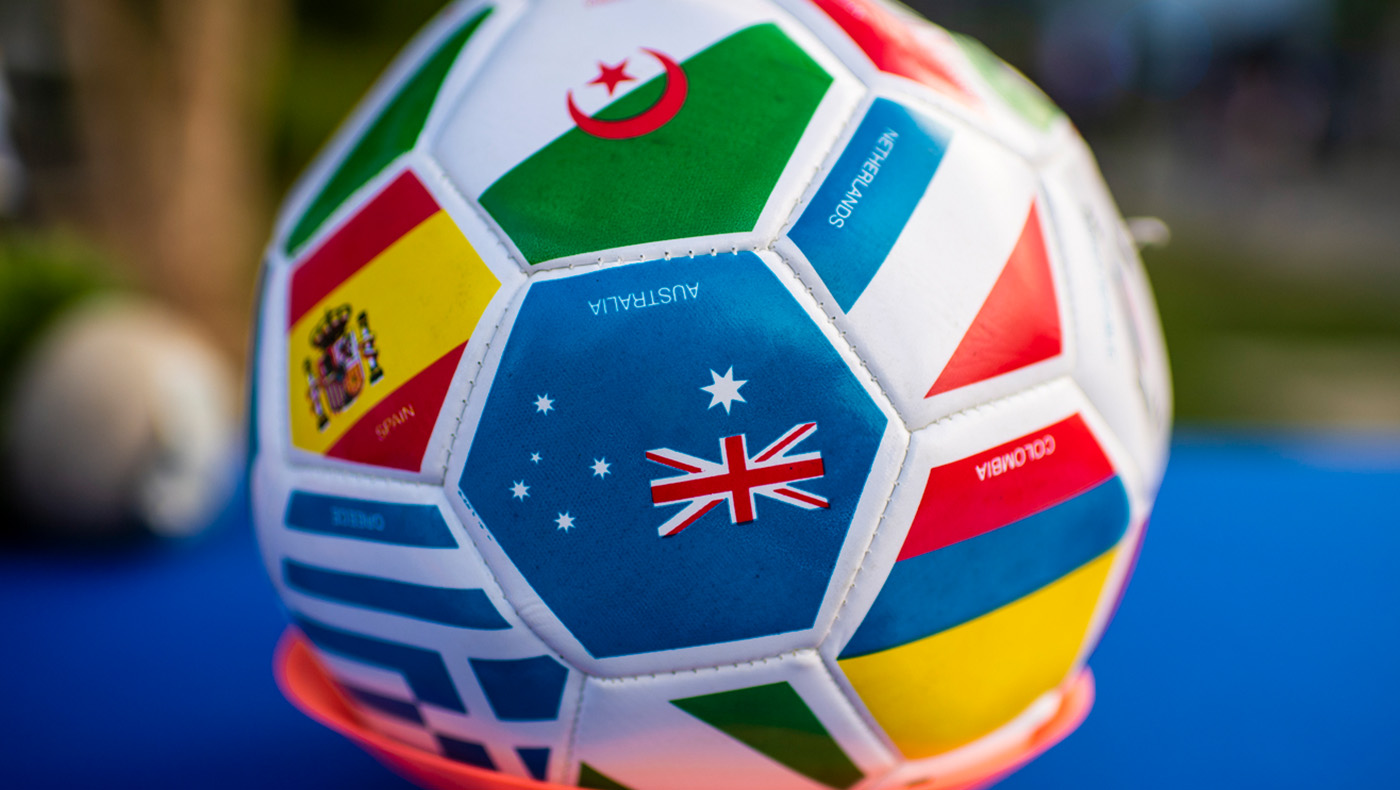The beginnings of the 2022 FIFA World Cup have been filled with dramatic moments, including shocking underdog victories by Saudi Arabia and Japan. Now, as focus settles on the 16 teams that advanced to the tournament’s knockout stage, every kick and every goal has the razor-sharp ability to cut a nation’s run just short of international soccer acclaim.
Every kick is filled with layers and layers of science – from the physics of the ball’s trajectory, to the neuroscience behind learning how to control and kick a ball, to the sports psychology of training and practice regiments that inform each decision a player makes on the field.
The basic idea of soccer flies in the face of millions of years of evolution. Evolutionary ancestors first standing up on two feet was a defining moment in human evolution. It freed our hands for other tasks beyond standing and moving. This allowed humans to develop a rich catalog of manual skills, including hunting, using tools, controlling fires, and playing modern sports like American football, hockey, basketball, tennis — but not soccer. Instead, soccer engages the feet in not only locomotory movements but specificallyin manipulating the ball.
“To now have a game where hands and arms are excluded from touching the ball is turning everything upside-down,” said Dagmar Sternad, a Northeastern biology professor and the director of the Action Lab. “Playing soccer involves skills with their feet that a human being of this day and age has left behind and forgotten.”
Soccer players learn each ability in the foot skillset through years of practice. In the same way a child learns how to write the alphabet, soccer players learn to kick a soccer ball with perfect technique. Researchers in motor neuroscience, who study how the brain controls movement, aim to understand how a very specific skill is learned: The simple concept is that each sensorimotor behavior becomes somehow engrained in the neural network of the brain. But researchers in the field are still mystified by how that skill is adapted and generalized to different variations and contexts.
For example, Mario Pašalić of Croatia kicked a stationary ball past Japan’s goalkeeper, dashing Japan’s World Cup hopes in the tournament’s first tie-breaking round of penalties, by performing the extensively practiced motions of a penalty kick without any disturbances from other players. But in the thralls of dynamic mid-game goal attempts, Pašalić has to modify his kicking skill in the face of other players trying to interfere and adapt it to shoot more to the left or right, or even curve the trajectoryof the ball to land in the goal.
It’s called the Magnus effect — adding a spin to the ball to cause its trajectory to curve. As the ball spins while flying through the air, it whips air over the side spinning in the direction of the airflow. The other side slows the air as it spins against the airflow. Bernoulli’s principle states that faster-moving air has lower pressure than slower-moving air. (Daniel Bernoulli derived this from energy conservation: the more kinetic energy from motion, the less pressure energy). This means the faster-air side of the ball has a lower pressure than the slower-air side. Consequently, the higher-pressure side pushes the ball toward the lower-pressure side, causing the ball to curve.
It’s the same reason an airplane can fly, with faster-moving air above the wing and slower-moving air below it, creating higher pressure below the wing and pushing it up. It’s also the same reason that the high air speeds of a hurricane can blow out your windows, said Northeastern physics professor Arun Bansil.
“You can call it lift, you can call it the Magnus effect, but the basic physics is exactly the same,” said Bansil. “Whether the difference in speed is caused in the fluid by the object’s rotation, the shape of the object, like with an airplane, or just simply the air going fast outside a window.”
Players use the effect in all directions. Topspin sinks the ball downwards, backspin pushes it up, sidespin twists the ball to the side. The more years of practice a player has, the more these complex kicking skills feel like second nature, freeing up mental space to make tactical decisions on the field, adapt to extenuating circumstances, and assess risks to lower the chances of injury.
As professional soccer careers get longer and longer, athletes focus on reducing the risks of injury to extend the potential length of their careers. Beyond game-day decisions, this conscious health approach involves science-backed strict dietary practices (including that odd spitting thing), consistent sleep schedules, and individual fitness regimens with personal trainers. Focusing on injury-risk reduction requires full mental focus, uninterrupted by the psychological pressures of an important game, like those of the World Cup.
“If people become very tense because they play England or Germany, there is this additional adrenaline that can have a positive or not-so-positive effect depending on its intensity,” said Sternad. “That also can makepeople more prone to injury because their decisions are not as much guided by what they’ve practiced in training but rather what that special moment brings about.”
But the adrenaline is not likely a barrier for World Cup players, Sternad and Salah Bazzi, a research scientist at theInstitute for Experiential Robotics and the Action Lab, hypothesize. All of these players are “good test-takers,” able to take what they have learned on the practice field and apply it consistently when tested on the international stage of the World Cup.
“I think as the tournament continues to proceed toward the final stages, what separates the superstars from the stars are those that rise to the occasion. They can score the decisive goal in those important moments. They don’t choke under pressure,” said Bazzi.

